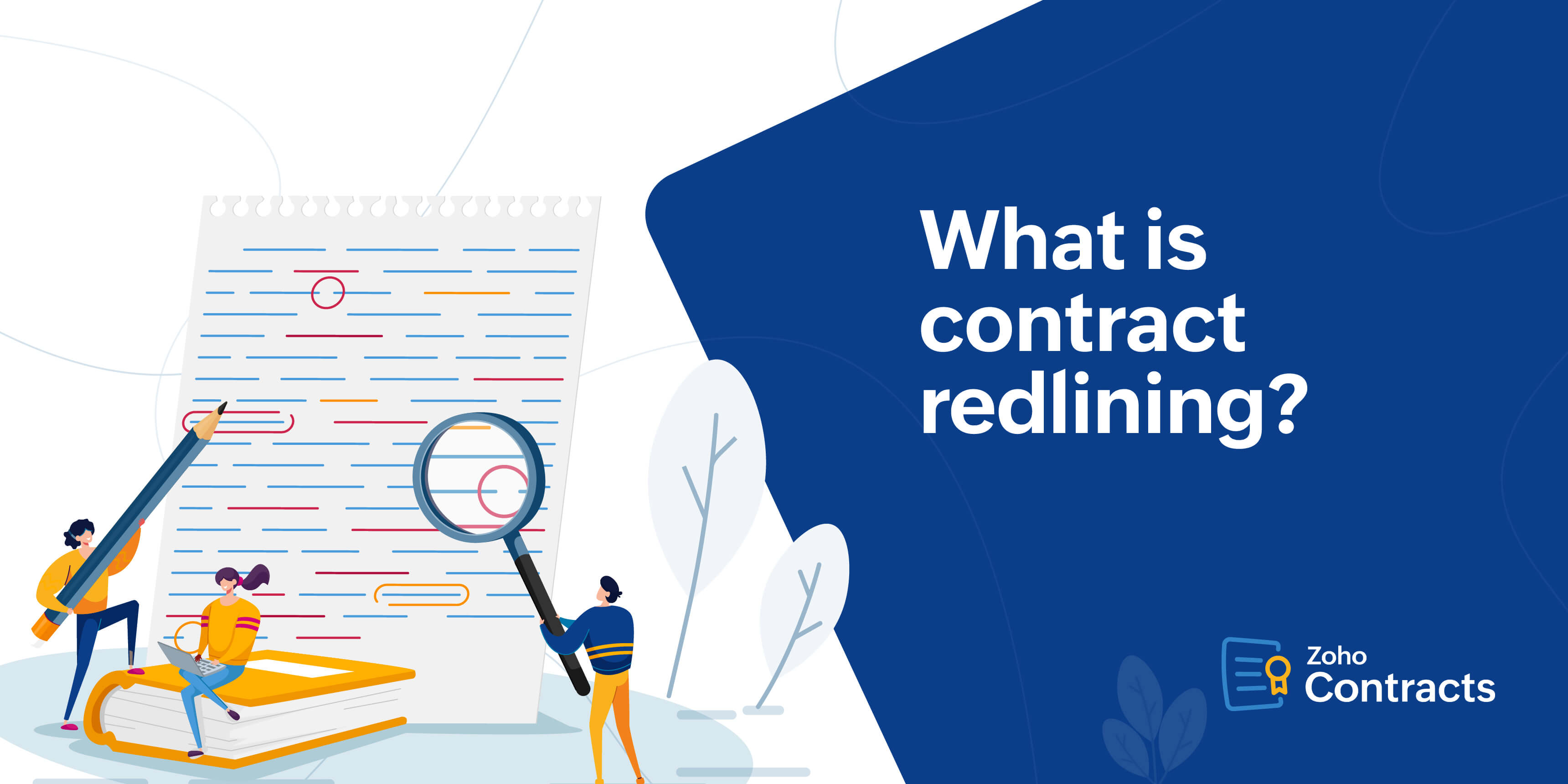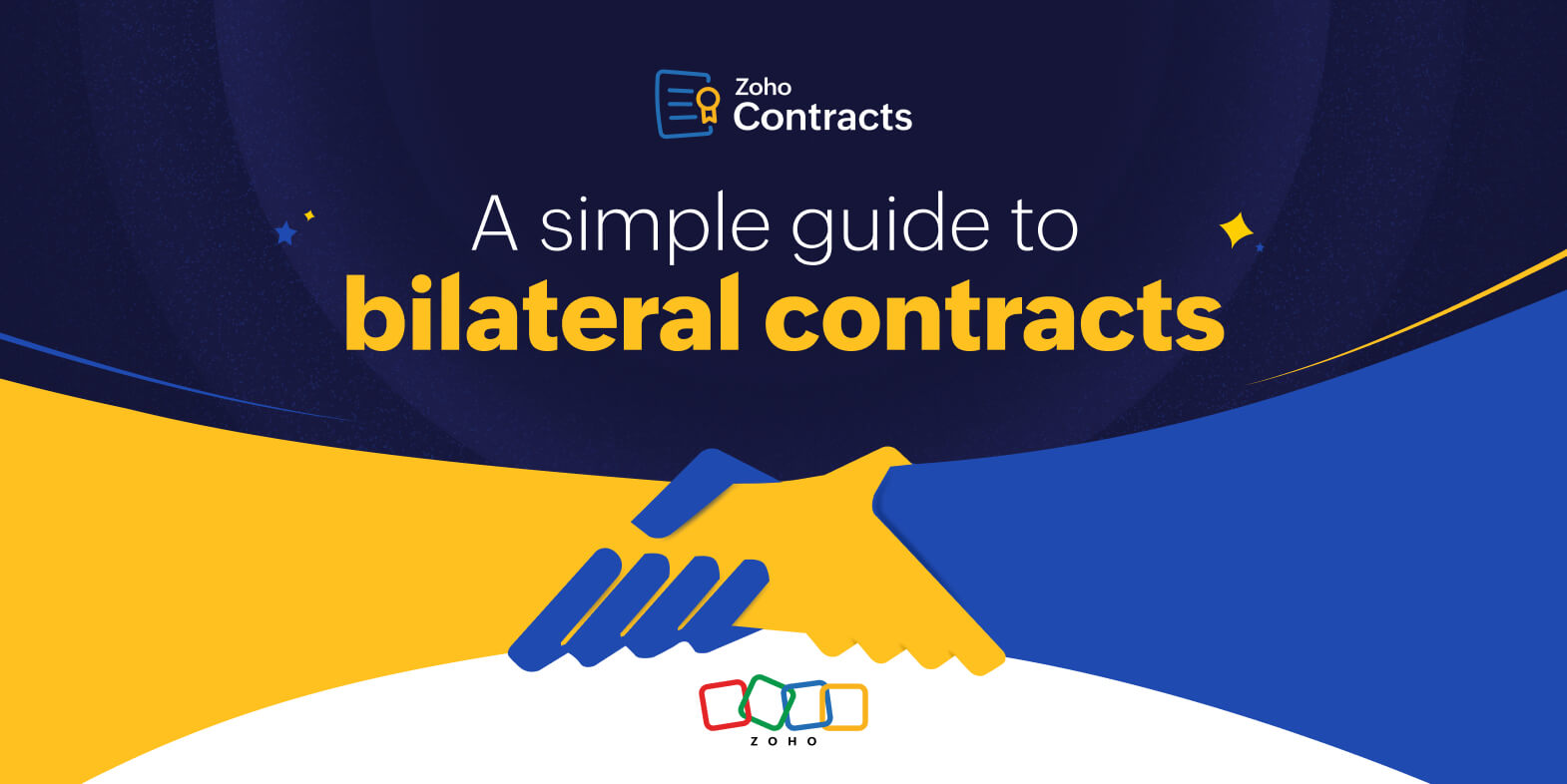- HOME
- Contract Management
- Contract redlining: Challenges and best practices
Contract redlining: Challenges and best practices
- Last Updated : July 1, 2024
- 817 Views
- 3 Min Read

What is contract redlining?
Contract redlining is a collaborative process where involved parties review and highlight changes in a contract. It involves continuous back-and-forth revisions to arrive at a final contract version that best represents and protects everyone's interests.
Generally, this happens during the contract negotiation stage in a contract lifecycle management (CLM) process. During this stage, contract owners share their initial draft with counterparties for review. Counterparties mark up their suggestions and edits with color codes or annotations to improve tracking and understanding.
The term “redlining” is derived from an old practice of reviewing or correcting any physical document with red color to stand out from the black or blue-inked words.
Why is contract redlining important?
Contract redlining provides an opportunity for involved parties to:
Stay aware of all risks and opportunities in a contract, allowing for informed decision-making.
Perform a detailed review of all contractual terms and obligations to ensure realistic and achievable promises. This helps prevent any risk of non-compliance from over-promising.
Modify contracts to align the interests of all parties, ensuring that they are fair, balanced, and mutually beneficial. This helps set a positive tone for your business relationships.
Who is responsible for contract redlining?
All parties involved in a contract share the responsibility for redlining. Typically, one party creates an initial draft of a contract while the other suggests changes by redlining the document. This collaborative approach allows for multiple stakeholders to contribute their revisions.
Usually, in-house legal teams and contract managers handle contract review and redlining. However, for high-risk or critical contracts, companies seek assistance from legal experts and attorneys, as well as guidance from the business’s leadership.
Best practices for contract redlining
Carefully choose your collaborative medium or platform for revising and redlining contracts. Given the sensitive nature of contract data and the iterative process of contract redlining, prioritize a solution that ensures clear communication and offers a secure method for exchanging information.
Involve the right stakeholders from relevant departments for contract redlining. Share contract documents with restricted permissions tailored to counterparties' roles to improve control and ensure security.
Redline contracts with clarity by adding descriptions or comments for critical changes. Use distinct color codes for each party to easily identify and differentiate contributions. This improves transparency and efficiency.
Ensure that your redlining platform has version control to track all changes and suggestions made to a contract. This feature helps maintain a clear history of contract revisions. Also, track all counterparty activities on a contract document to send timely reminders and close deals faster.
Seek the assistance of legal experts or advisers for critical contract negotiations.
Learn more tips to strengthen your contract negotiation strategies.
Contract redlining: Challenges
Formatting issues can arise when multiple people edit the same contract document using different software or tools. This leads to inconsistency and readability problems, complicating the review process.
Without version control and document comparison capabilities, tracking the changes made in each revision cycle and identifying who suggested specific modifications can be challenging. This lack of transparency can lead to potential misunderstandings.
When the activities of involved counterparties aren't closely monitored, it becomes challenging to stay informed on the negotiation's progress and ensure the timely closure of deals with reminders.
When contracts are spread across disparate systems, each contract negotiation is an isolated event, and businesses miss valuable insights from their negotiation patterns. Centralizing contract management in a platform with analytical capabilities helps glean strategic insights from past negotiations and improve their decision-making processes.
Contract redlining with a contract lifecycle management software
Controlled access: Modern CLM software, such as Zoho Contracts, offer controlled access to contracts for counterparties using password-protected links. This enables counterparties to engage in a secured contract redlining process.
Real-time collaboration: This feature enables effortless collaboration among counterparty negotiators during redlining. This minimizes the chances of error and promotes faster negotiation cycles.
Version control: During multiple negotiation cycles, CLM systems with version control record each cycle individually, along with the specific contract version involved, facilitating easy comparison and the ability to revert to previous versions.
Activity tracking: CLM systems offer granular activity tracking, enabling contract owners to keep negotiations on track by sending reminders and notifications. Contract owners stay informed about various details, including whether a negotiator has received an email, viewed the document, or submitted it for review.
Analytical insights: The analytical capabilities of CLM tools allow businesses to glean strategic insights from contract data to strengthen and refine negotiation strategies.
 Heleena
HeleenaHeleena is a writer based in Chennai, India.


